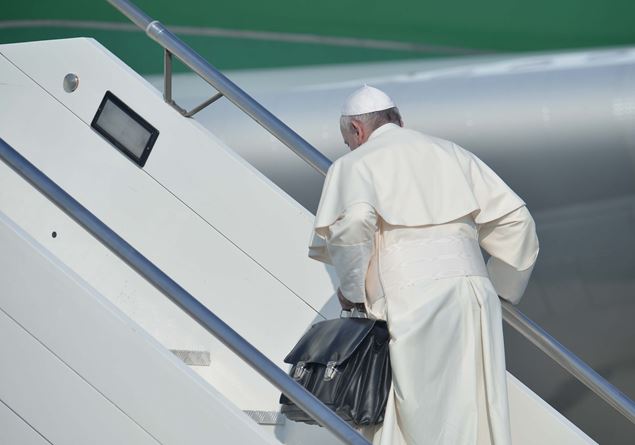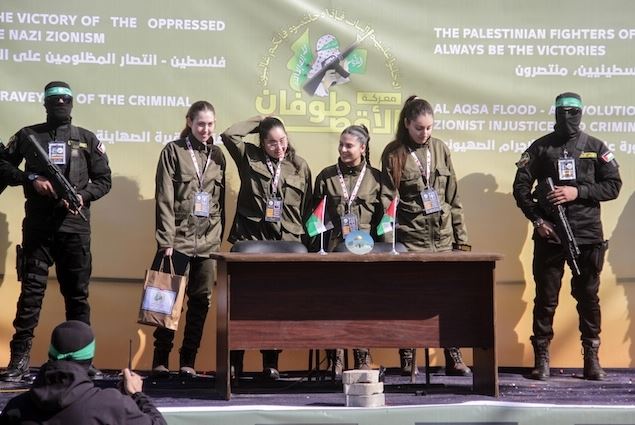The last scar is in that paper bag: a souvenir kit, a holiday village souvenir after 477 days of kidnapping in the hands of the enemy. What remains in the eyes the day after the release of the four Israeli soldiers, exchanged for 200 Palestinian prisoners in Israeli prisons, for real, serious crimes (among them there are 121 terrorists, serving life sentences for having killed dozens of Israeli civilians in various attacks ), unlike the first exchange when it involved “administrative” male and female prisoners.
The numbers can be explained by the agreements: an exchange of 1 to 30 if it concerns Israeli civilians, one to 50 if it concerns soldiers. The world’s media define the context of liberation as a show, in which the hostages are exhibited like trophies, as a test of strength. They recognize in public and expertly orchestrated ways, the direction of a sinister theater, in which Hamas wants to demonstrate that it has won anyway, does so – as is always done in war – on the bodies of four twenty-year-old female soldierswho had shown wounds and been abducted from their beds on October 7, and are now wearing a military uniform not theirs, signifying their status as members of the army (Israel imposes a long conscription on men and women), forcing them to walk through the crowd, celebrating the release of the prisoners, among heavily armed militants, under signs bearing writings in Arabic against the “Zionist Nazis” and throwing sweets.
The four young women smile and it is impossible to distinguish in that smile between the relief of being at the last mile and the fear of antagonizing the enemy again in traveling it before melting into the embrace of the familiesprobably the only truly authentic thing about a surreal context. We do not yet know, and perhaps we will never fully know, what signs there are in their bodies and in their minds: the real wounds will emerge in the long run, what we understand is that the almost 500 days of war and rubble, of torn civilian bodies and fomented anger, have not brought the edges of a possible and lasting peace closer at all: Hamas has not collapsed – as was the Government’s intention Israeli and its disproportionate reaction – and with this performance of the hostages even on a stage in Gaza Citydoes everything to prove it.
In a statement, Hamas said 70 of the 200 Palestinian detainees freed by Israel would be taken out of Gaza and the West Bank. Israel expects Palestinians convicted of killing Israelis to be permanently exiled and not allowed to return to the West Bank or Gaza. France Presse journalists reported the departure of two busloads of prisoners from prisons in Ofer, in the occupied West Bank, and Ktziot, in the Negev desert. 130 of the Palestinians released from prison returned to the Strip, the other 70 were released by Israel in Egypt because, having been convicted of killing Israeli citizens, according to the terms of the agreement they will not be able to return to the Palestinian territories.
The 29-year-old Arbel Yehud, a civilian, is still missing from the appeal, which should have taken place on the 25th. Her failure to release led Israel to declare that Hamas violated the truce and consequently did not allow the return of the displaced people to the north of Gaza through the Netzarim corridor.
On both sides, witnessing this theater of the absurd, The lines from The War to Come by Bertolt Brecht come to mind: in the end, between displays of strength by both, between winners and losers, it is always the voiceless people who lose in war: the Israeli hostages still in the hands of the militiamen, the families of Palestinian civilians with homes and bodies reduced to rubble. Some are bargaining chips, others are human shields. People used as things.








